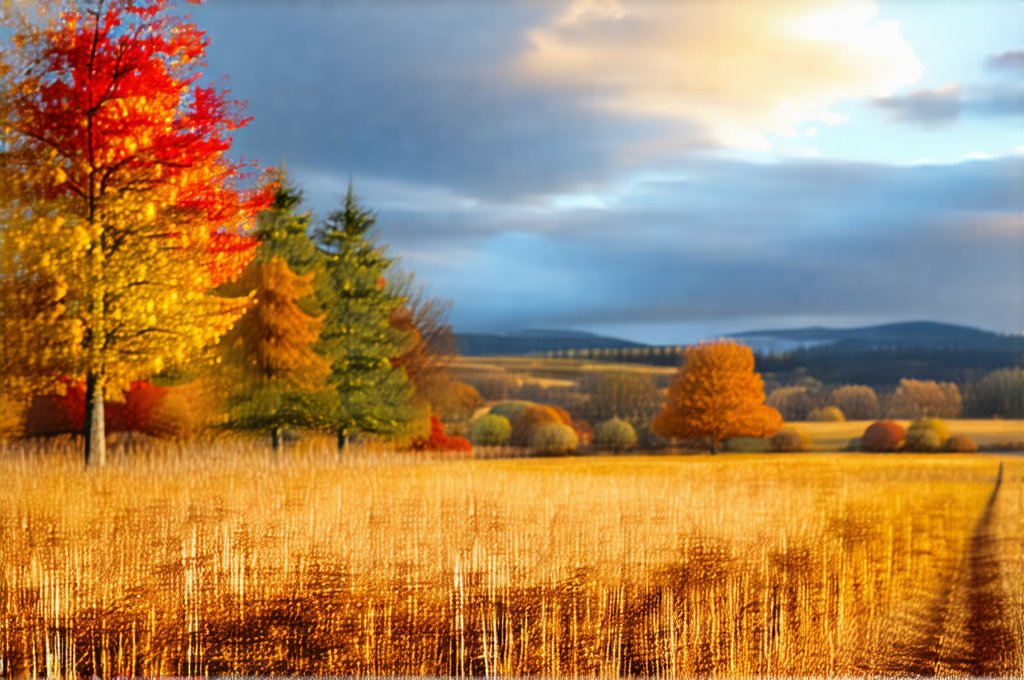The sensation of bladder flares – sudden, intense urges to urinate accompanied by discomfort, pain, or even incontinence – can be deeply disruptive to daily life. For many individuals managing chronic conditions like Interstitial Cystitis (IC) or overactive bladder (OAB), these flare-ups are a frustrating reality. While often attributed to dietary triggers, stress, or hormonal shifts, there’s growing anecdotal evidence and emerging research suggesting that the timing of these flares isn’t random; they seem to correlate with specific times of year for some sufferers. This begs the question: could bladder flares be seasonal? Understanding this potential connection is crucial not only for anticipating flare-ups but also for tailoring management strategies to align with cyclical changes in our environment and bodies.
The idea that bladder health might fluctuate seasonally isn’t entirely new. Many chronic pain conditions, including fibromyalgia and arthritis, report increased symptoms during colder months, often linked to reduced sunlight exposure, vitamin D deficiency, and changes in barometric pressure. Similarly, seasonal allergies can exacerbate inflammation throughout the body, potentially impacting the urinary tract. However, pinpointing a direct link between seasons and bladder flares is complex, as individual triggers vary significantly. What causes a flare for one person might be completely different for another. Yet, if you consistently notice your symptoms worsening during certain times of year, it’s worth exploring the potential seasonal factors at play and proactively adjusting your self-care routine. Perhaps considering whether can bladder pain be cyclical like pms could be a factor for you.
Seasonal Variations & Potential Triggers
The link between seasons and bladder flares is likely multifaceted, involving a combination of environmental factors, lifestyle changes, and physiological responses. Winter often presents a cluster of triggers that can contribute to increased flare frequency and severity. Reduced sunlight exposure can lead to lower vitamin D levels, which have been linked to immune dysfunction and inflammation – both potential contributors to IC/OAB symptoms. Indoor heating systems create drier air, leading to dehydration and concentrated urine, irritating the bladder lining. Furthermore, winter often encourages a more sedentary lifestyle with less physical activity, potentially impacting pelvic floor muscle strength and contributing to urinary urgency.
Spring can bring its own set of challenges. The blooming season unleashes a barrage of pollen, triggering allergic reactions in many individuals. These reactions aren’t limited to respiratory symptoms; histamine release during an allergic response can also affect the bladder, increasing sensitivity and urgency. Additionally, as temperatures rise and outdoor activities increase, dietary habits often shift, introducing new potential triggers like acidic fruits or caffeinated beverages consumed more frequently during warmer months. Finally, even changes in barometric pressure associated with spring weather patterns have been reported to exacerbate symptoms for some individuals. You might want to explore how salads can be modified for bladder comfort as dietary habits change.
Summer, while generally perceived as a positive time of year, can also contribute to bladder flares. Increased sweating leads to dehydration if fluid intake isn’t adequately adjusted. Travel is more common during summer months, disrupting routines and introducing dietary changes or exposure to different water sources. The heat itself can cause vasodilation – widening of blood vessels – which might increase inflammation in the pelvic region for some individuals. It’s crucial to remember that these are generalizations; individual responses will vary considerably.
Identifying Your Personal Seasonal Patterns
The first step toward understanding if your bladder flares are seasonal is careful self-monitoring and tracking. Keep a detailed symptom diary, recording not only the frequency and severity of your flare-ups but also potential contributing factors like diet, stress levels, activity level, and – crucially – the time of year. Look for recurring patterns over several months or even years. Don’t rely solely on memory; write it down! Consider using a dedicated app or spreadsheet to make tracking easier.
Once you have sufficient data, analyze your diary for correlations between seasons and symptom fluctuations. Are your flares consistently worse during winter? Do they spike in spring alongside pollen counts? Identifying these patterns will help you anticipate flare-ups and prepare accordingly. It’s also important to consider regional variations. Seasonal triggers might differ depending on where you live; for example, ragweed allergies are more prevalent in certain areas of the country. If a family history exists, it may be worth investigating can bladder problems be genetic in women as well.
Finally, remember that correlation doesn’t equal causation. Even if you notice a strong seasonal pattern, it doesn’t necessarily mean that the season itself is directly causing your flares. It could be that other factors associated with that season – like dietary changes or increased stress during the holidays – are actually responsible.
Understanding Environmental Factors
- Vitamin D Deficiency: Low levels of vitamin D have been linked to inflammation and immune dysfunction, both of which can exacerbate bladder symptoms. Supplementing with vitamin D (under a doctor’s guidance) might be beneficial, particularly during winter months when sunlight exposure is limited.
- Air Quality & Pollen Counts: Monitoring air quality indices and pollen counts in your area can help you anticipate potential triggers and take preventative measures like staying indoors or using air purifiers.
- Barometric Pressure Changes: Some individuals report increased bladder symptoms with changes in barometric pressure, often associated with weather fronts. While the exact mechanism isn’t fully understood, it’s a phenomenon worth noting if you experience this effect.
Lifestyle Adjustments for Seasonal Flare-Ups
- Hydration is Key: Maintaining adequate hydration is crucial year-round, but particularly important during seasons when dehydration is more likely – like summer and winter (due to dry indoor heating).
- Dietary Awareness: Pay attention to how your diet changes with the seasons. Avoid known triggers and experiment with eliminating potential irritants during flare-up periods.
- Pelvic Floor Exercises: Maintaining strong pelvic floor muscles can help improve bladder control and reduce urinary urgency, regardless of the season.
Seeking Professional Guidance
- Consult Your Doctor: If you suspect your flares are seasonal, discuss it with your doctor or a specialist (urologist or urogynecologist). They can rule out other potential causes and recommend appropriate management strategies.
- Consider Allergy Testing: If you suspect allergies are contributing to your flares, consider getting allergy testing to identify specific allergens and develop an avoidance plan.
- Explore Complementary Therapies: Consider exploring complementary therapies like acupuncture or pelvic floor physical therapy, which may help manage symptoms and improve quality of life. Understanding what bladder drugs can be used in neurological disease could also assist your doctor in finding the best treatment plan.





















